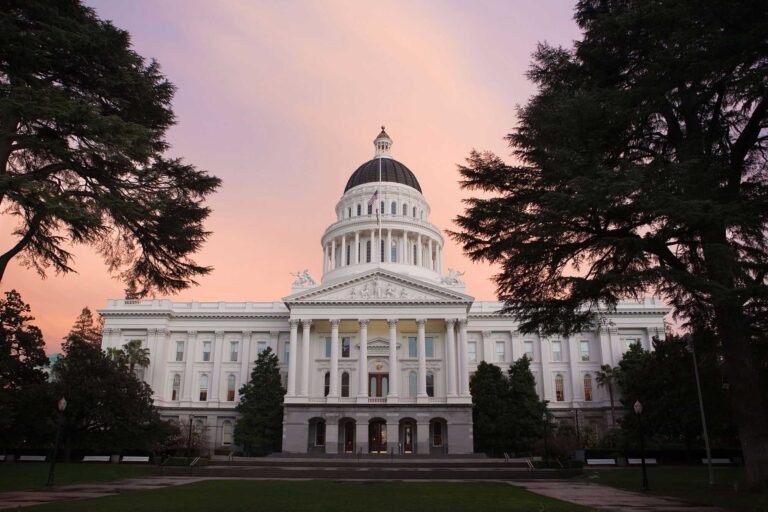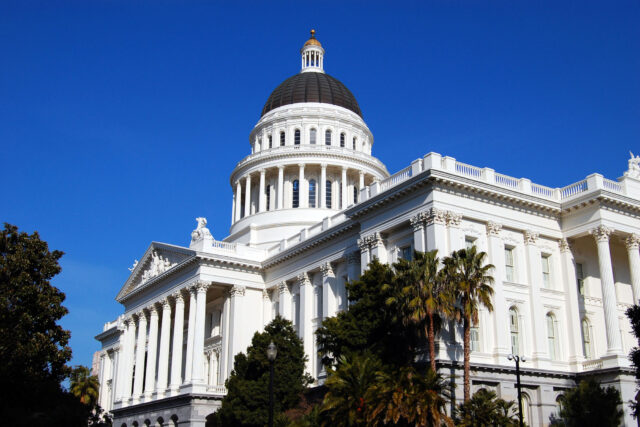Last month, Governor Newsom released a $300.7 billion spending plan and announced an estimated $97.5 billion state budget surplus as part of the May Revision to the 2022–2023 state budget. And while Californians are widely in agreement that the state budget situation is in good shape, they are divided on how to spend the surplus.
Our May PPIC Statewide Survey found a record low 35% of Californians (and 39% of likely voters) say the state budget situation is a big problem (somewhat of a problem: 38% adults, 35% likely voters; not a problem: 18% adults, 22% likely voters). This optimistic view of the state budget is widely shared among Californians, with fewer than half across parties, regions, and demographic groups saying the budget is a big problem. One exception: Republicans, at 72%, view the budget as a big problem.
Despite broad agreement on the budget, Californians are divided over how to use the nearly $100 billion budget surplus. Given a choice, 33% want to increase funding for education and health and human services, 27% want to refund some of the money to the people of California, and 22% favor one-time state spending for transportation, water, and infrastructure. Just 13% want to pay down state debt and build up the budget reserve.
Partisans are clearly divided. About four in ten Democrats prefer to fund education and health and human services while more than one in three Republicans prefer to refund some of the surplus. Notably, Republicans are twice as likely as Democrats to prefer paying down debt and building up reserves.
Looking beyond parties, we see wide variation. For example, a plurality of residents outside of the Inland Empire prefer to increase funding for education and health and human services, while residents of the Inland Empire prefer to refund some of the money back to Californians. Across racial/ethnic groups, a plurality of Latinos want to increase funding for education and health and human services, while African Americans, Asian Americans, and whites are more divided in their preferences.
Divisions related to income are noteworthy. About one in three across income groups want to increase funding for education and health and human services, but Californians in households with incomes of less than $40,000 are more likely than those with higher incomes to prefer that some of the surplus is refunded back to the people of California (33% less than $40,000, 23% $40,000 or more).
As the legislature debates Governor Newsom’s May revision under a looming June 15 deadline, a big part of the deliberations will surely focus on how to spend any surplus funds. And as part of this process, the Gann Limit—a constitutional spending cap approved by voters in 1979—will play a key role, likely ensuring that some of the surplus is spent on K–14 education and some is given back to the people of California.
Stay tuned to the PPIC Statewide Survey as we continue to track opinions of Californians on the state budget situation.




